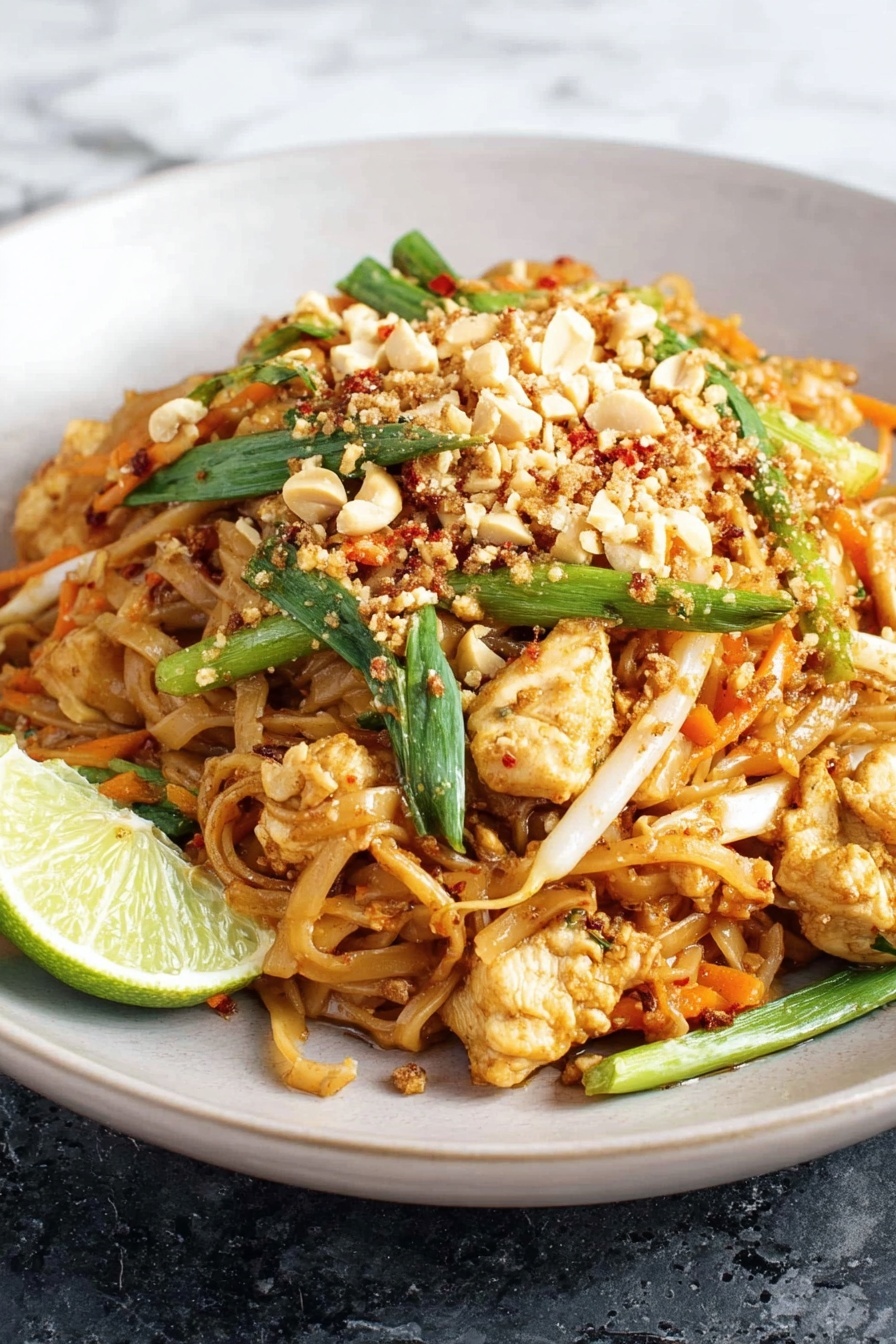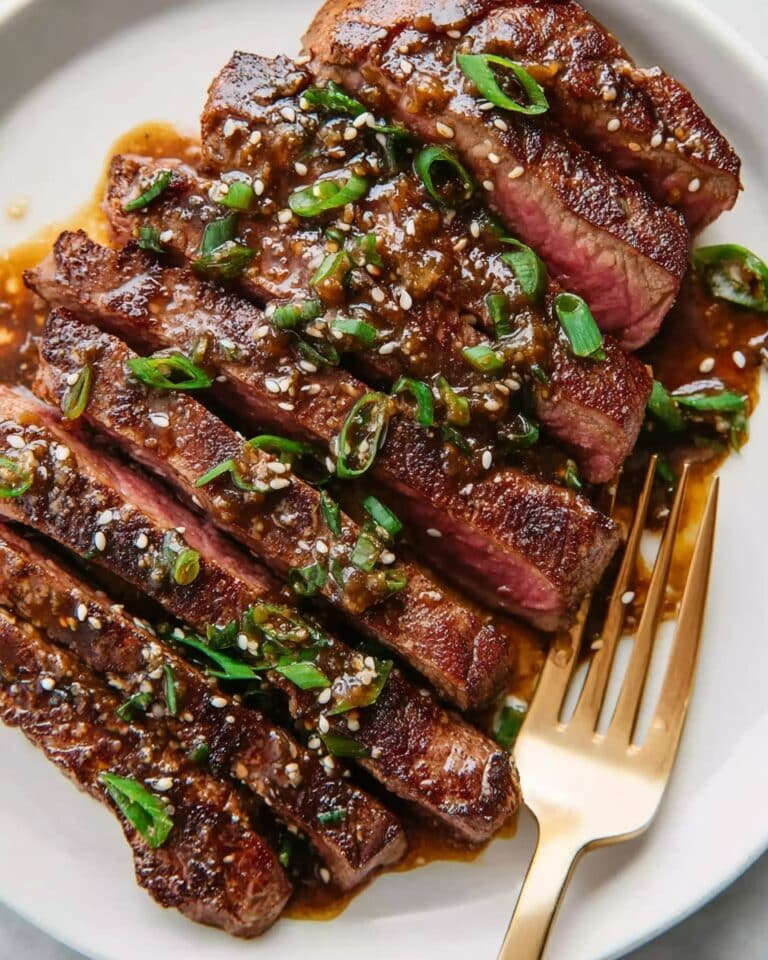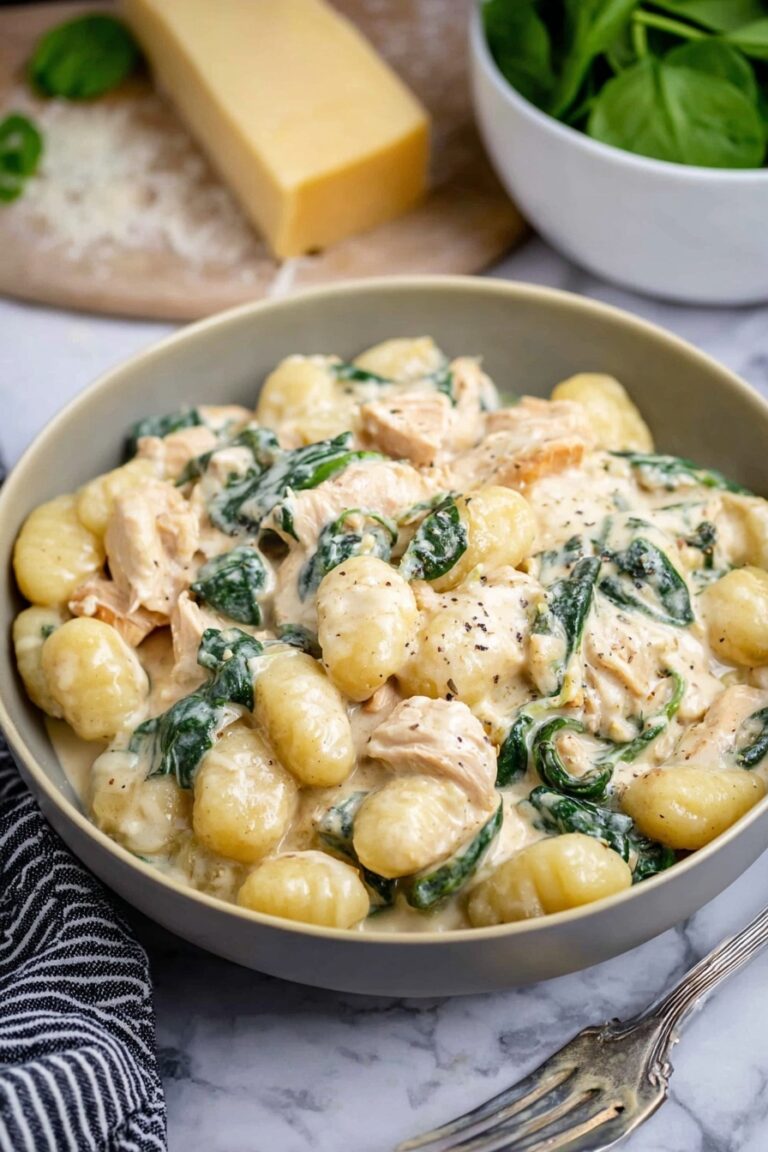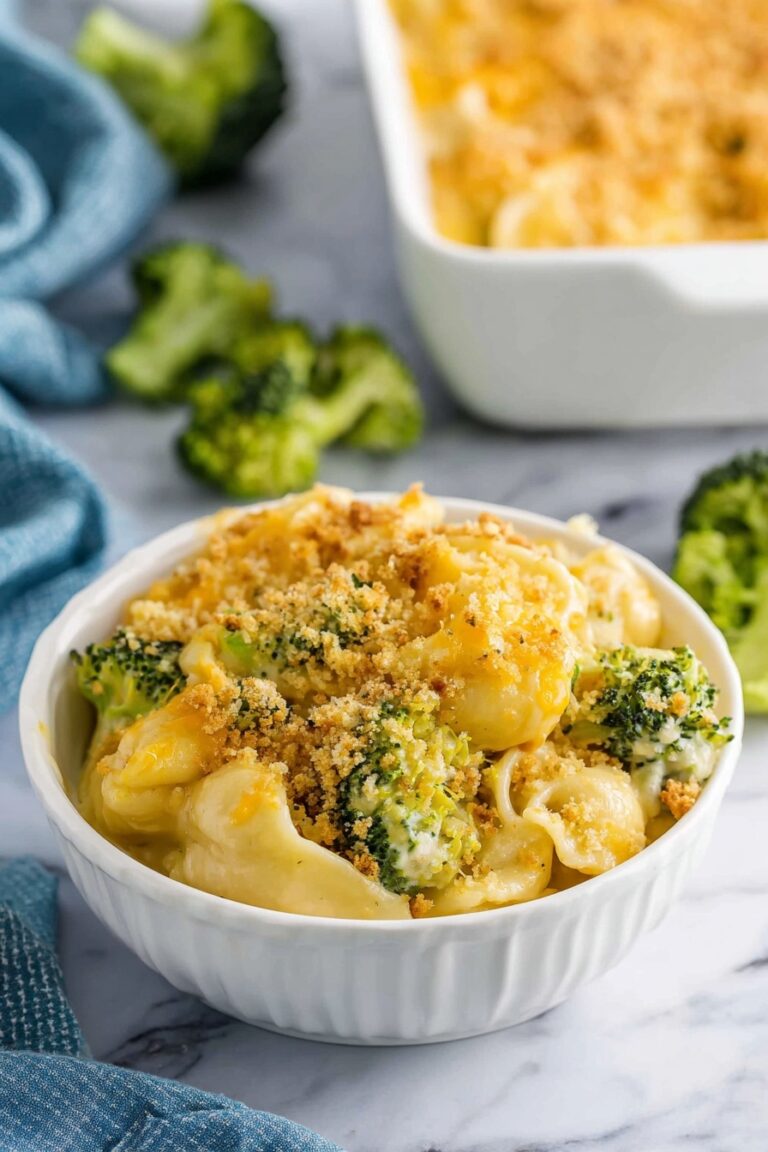Easy Chicken Pad Thai Recipe
If you’ve been craving that perfect balance of sweet, tangy, and savory with a little crunch in every bite, then you’re in for a treat with this Easy Chicken Pad Thai Recipe. I’ve spent years tweaking this dish to get that authentic flavor without fuss, and trust me, once you make it at home, you’ll find it’s way better (and fresher) than takeout! Keep reading—I’ll guide you step-by-step to success with plenty of tips to make your kitchen taste like a Thai street food stall.
Why This Recipe Works
- Balanced Flavor Profiles: The sauce perfectly blends tamarind’s tartness, brown sugar’s sweetness, and fish sauce’s umami for that iconic Pad Thai taste.
- Simple Ingredients: Using everyday pantry staples plus a few key Asian items makes this recipe approachable but still authentic.
- Step-by-Step Guidance: Clear instructions ensure that even if you’re new to Pad Thai, you’ll nail the timing and textures.
- Flexible and Customizable: Swap the chicken easily for shrimp or tofu to suit your mood or diet.
Ingredients & Why They Work
The magic of this Easy Chicken Pad Thai Recipe lies in the harmony of the ingredients, each playing a crucial role. From the chewy rice noodles to the crunchy peanuts, everything comes together for a perfect bite. When shopping, look for firm, fresh chicken breast and fresh bean sprouts for that satisfying texture contrast.

- Tamarind Paste: This is the secret to that sour tang that makes Pad Thai unique; it’s worth buying a little jar to keep on hand.
- Fish Sauce: Adds a savory depth that balances sweet and sour notes; don’t skip it unless you’re allergic or vegetarian.
- Brown Sugar: Packs a warm sweetness that complements the tamarind perfectly.
- Soy Sauce: Boosts saltiness and umami to round out flavors.
- Lime Juice: Adds a fresh citrus kick that brightens every bite.
- Red Pepper Flakes: For a subtle heat that wakes up your palate without overpowering the dish.
- Rice Noodles: The star carbohydrate, best soaked or cooked briefly according to package directions to keep the perfect chewy texture.
- Chicken Breast: Lean and tender, sliced thinly to cook quickly and evenly.
- Bean Sprouts: Adds an essential crisp freshness for texture variety.
- Carrot: For natural sweetness and crunch—you can julienne or shred, whatever you prefer.
- Garlic: Gives a punch of aroma and depth; freshly minced is best.
- Eggs: Scrambled in for protein and that silky richness.
- Roasted Peanuts: Provide a crunchy contrast and nuttiness, essential for authentic flavor.
- Green Onions: Rounded flavor and mild onion bite that finishes the dish beautifully.
- Lime Wedges: Served on the side so everyone can add brightness to their own taste.
Tweak to Your Taste
One of the things I love most about this Easy Chicken Pad Thai Recipe is how flexible it is. Depending on the day or who I’m cooking for, I mix it up to suit what’s on hand or dietary needs. Don’t hesitate to make it your own—Pad Thai is all about that personal touch.
- Protein Swaps: I often try shrimp or tofu instead of chicken—shrimp cooks quickly and tofu soaks up the sauce beautifully.
- Veggie Boost: Feel free to add bell peppers or snap peas to sneak in extra veggies.
- Spice Level: I usually add extra red pepper flakes or a drizzle of Sriracha for more heat—adjust to your spice tolerance.
- Gluten-Free Version: Just swap soy sauce for tamari and double-check your fish sauce label to keep it gluten-free.
Step-by-Step: How I Make Easy Chicken Pad Thai Recipe
Step 1: Whisk the Perfect Pad Thai Sauce
Start by combining tamarind paste, fish sauce, brown sugar, soy sauce, fresh lime juice, and a pinch of red pepper flakes in a small bowl. Whisk until smooth and the sugar dissolves completely. This sauce is your flavor powerhouse, so give it a taste and adjust sweetness or tanginess now if you’d like. I find that a good balance here saves a lot of tweaks at the end.
Step 2: Cook Noodles Just Right
Follow the package instructions—but don’t overdo it! Typically, soaking or boiling the rice noodles until tender yet slightly firm works best. Then, drain and rinse them briefly with cold water to stop cooking and toss with a tablespoon of oil to keep them from sticking together. I learned the hard way that overcooked noodles get mushy, so this little rinse trick is a must-try.
Step 3: Sauté the Chicken
In a large skillet or wok heated over medium-high heat, add a tablespoon of vegetable oil and toss in your thinly sliced chicken breast. Cook for 3-5 minutes, stirring occasionally until the chicken edges turn nicely golden and it’s fully cooked through. Remove with a slotted spoon and set aside. I like to use a large wok here so everything cooks evenly and fast.
Step 4: Stir-Fry Vegetables and Eggs
Add the remaining oil to the pan, toss in bean sprouts, julienned carrot, and minced garlic. Sauté for about 2 minutes so the veggies soften but keep crunch. Push them to one side, pour beaten eggs into the empty space, and scramble until just set. Then mix eggs with the veggies. This step adds softness and that classic scrambled egg texture I love in Pad Thai.
Step 5: Combine Everything with Sauce
Throw the noodles and cooked chicken back into the pan, add the sauce and green onions. Toss everything together well, coating evenly. Remove from heat promptly to avoid overcooking. Once off the stove, sprinkle with chopped peanuts and squeeze lime juice liberally over the top before serving. This final toss makes sure every bite is packed with flavor.
Pro Tips for Making Easy Chicken Pad Thai Recipe
- Don’t Overcook Noodles: Rinsing with cold water right after cooking stops the noodles from turning mushy—a game changer for that perfect chew.
- Prep Ahead: Chop your veggies and slice the chicken before you turn on the heat to keep things moving smoothly.
- Control Heat Levels: Adjust red pepper flakes gradually; I add a little at a time so it doesn’t overpower the flavors.
- Use a Hot Pan: A properly heated wok or skillet helps caramelize the chicken and veggies for that authentic flavor and texture.
How to Serve Easy Chicken Pad Thai Recipe

Garnishes
I always go heavy on crushed roasted peanuts right at service—they add that essential crunch and nutty oomph you expect. Fresh lime wedges come next for that zesty brightness, and if you want some heat, extra crushed red pepper flakes are your best friend. A sprinkle of fresh cilantro or thinly sliced green onions also really freshens things up on top.
Side Dishes
To complement Pad Thai, I love serving a simple cucumber salad—light and refreshing with a dash of rice vinegar and a touch of sugar. Steamed or stir-fried Asian greens like bok choy or gai lan also make a great side and add a green balance to the meal.
Creative Ways to Present
For special occasions, I’ve served this Pad Thai in lettuce wraps for a fun twist or plated in little cups made from carved-out cucumbers or bell peppers—adds a pop of color and a delightful way to impress guests without too much extra effort.
Make Ahead and Storage
Storing Leftovers
I store leftovers in an airtight container in the fridge and usually eat them within 2 days for best taste. The noodles soak up sauce over time, so I recommend adding a splash of water or lime juice before reheating to refresh them.
Freezing
Freezing Pad Thai is possible but not my favorite since the noodles can get mushy. If you want to freeze, keep the chicken and sauce separate from the noodles and veggies, then combine and reheat gently when ready.
Reheating
Reheating in a skillet over medium heat with a splash of water or extra sauce helps bring the noodles back to life while preventing drying out. Avoid microwaving directly without moisture as it tends to dry this dish out quickly.
FAQs
-
Can I make this Easy Chicken Pad Thai Recipe vegetarian?
Absolutely! Substitute the chicken with tofu or extra veggies and swap fish sauce with soy sauce or tamari to keep it vegetarian-friendly without losing that savory umami flavor.
-
What’s the best way to cook rice noodles for Pad Thai?
Follow package directions closely and be sure to rinse noodles with cold water after cooking to stop the process. Tossing them with a little oil also prevents sticking and keeps them at the ideal texture.
-
Can I prepare parts of this recipe in advance?
Yes! You can make the sauce ahead of time and prep veggies and chicken, so when it’s time to cook, everything comes together quickly and easily.
-
What should I do if I can’t find tamarind paste?
If tamarind paste isn’t available, lime juice makes a decent substitute for acidity, but the flavor will be less complex. You can also try mixing vinegar with a little sugar to mimic some of the tamarind’s tang and sweetness.
-
How spicy is this Easy Chicken Pad Thai Recipe?
This recipe has mild heat thanks to red pepper flakes, but you can easily adjust the spiciness by adding more or less according to your preference.
Final Thoughts
This Easy Chicken Pad Thai Recipe holds a special place in my kitchen because it brings back memories of street food stalls in Bangkok while still being so accessible to make at home. I love how it’s both comforting and vibrant, perfect as a quick dinner or a dish to impress friends. Give it a try—you’ll discover just how simple and delicious homemade Pad Thai can be, and I’m betting it’ll become one of your go-tos too!
Print
Easy Chicken Pad Thai Recipe
- Prep Time: 15 minutes
- Cook Time: 15 minutes
- Total Time: 30 minutes
- Yield: 4 servings
- Category: Main Course
- Method: Frying
- Cuisine: Thai
Description
A flavorful and authentic Pad Thai recipe featuring tender chicken, fresh vegetables, and a tangy tamarind sauce, served with crunchy peanuts and lime wedges. Perfect for a quick and satisfying Thai-inspired dinner.
Ingredients
For the Sauce:
- 1/4 cup tamarind paste
- 1/4 cup fish sauce
- 1/3 cup packed brown sugar
- 2 tablespoons soy sauce
- Juice from 1 lime
- 1/4 teaspoon red pepper flakes
For the Pad Thai:
- 10 ounces rice noodles
- 3 tablespoons vegetable oil, divided
- 1 pound boneless, skinless chicken breast, thinly sliced into bite-size pieces
- 1 cup bean sprouts
- 1 medium carrot, julienned or shredded
- 4 cloves garlic, minced
- 3 large eggs, lightly beaten
- 1/2 cup roasted peanuts, chopped
- 3 green onions, sliced into 1-inch pieces
- Lime wedges for serving
Instructions
- Prepare the Sauce: In a small bowl, whisk together tamarind paste, fish sauce, brown sugar, soy sauce, lime juice, and red pepper flakes until well combined. Set aside.
- Cook the Noodles: Cook rice noodles according to package instructions. Drain and rinse with cold water to stop the cooking process. Toss with 1 tablespoon of vegetable oil to prevent sticking and set aside.
- Cook the Chicken: Heat 1 tablespoon of vegetable oil in a large skillet or wok over medium-high heat. Add chicken pieces and sauté for 3-5 minutes, tossing occasionally until lightly golden and fully cooked. Remove with a slotted spoon and set aside.
- Sauté Vegetables and Eggs: In the same skillet, add remaining 1 tablespoon vegetable oil. Add bean sprouts, carrots, and garlic, sautéing for 2 minutes while stirring occasionally. Push veggies to one side of skillet and pour beaten eggs on the other side. Scramble eggs until cooked through, then mix with vegetables.
- Combine Ingredients: Return chicken to the skillet along with the cooked noodles, prepared sauce, and green onions. Toss everything thoroughly until evenly coated in the sauce. Remove from heat.
- Serve: Serve Pad Thai immediately while hot, topped with chopped roasted peanuts, extra red pepper flakes if desired, and lime wedges for squeezing over.
Notes
- Use tamarind paste for authentic Pad Thai flavor; lime juice can be a substitute if unavailable.
- Rinse rice noodles with cold water after cooking to prevent overcooking and stickiness.
- Add a splash of water or extra sauce when reheating leftovers to keep the noodles moist.
- Customize your protein by substituting chicken with shrimp, tofu, or your favorite choice.
Nutrition
- Serving Size: 1 serving
- Calories: 550 kcal
- Sugar: 18 g
- Sodium: 1100 mg
- Fat: 20 g
- Saturated Fat: 3 g
- Unsaturated Fat: 15 g
- Trans Fat: 0 g
- Carbohydrates: 65 g
- Fiber: 4 g
- Protein: 35 g
- Cholesterol: 210 mg









